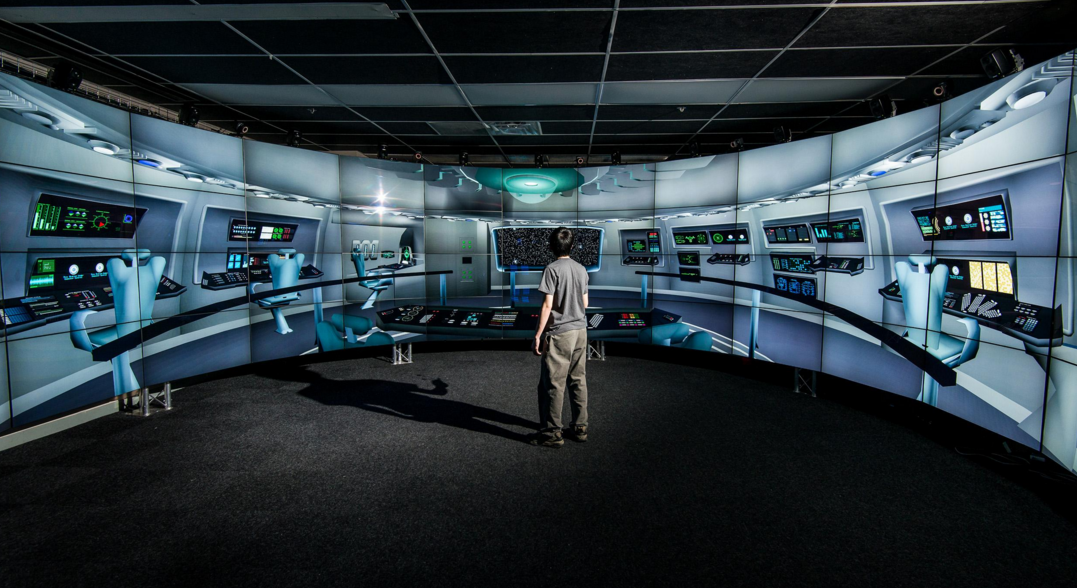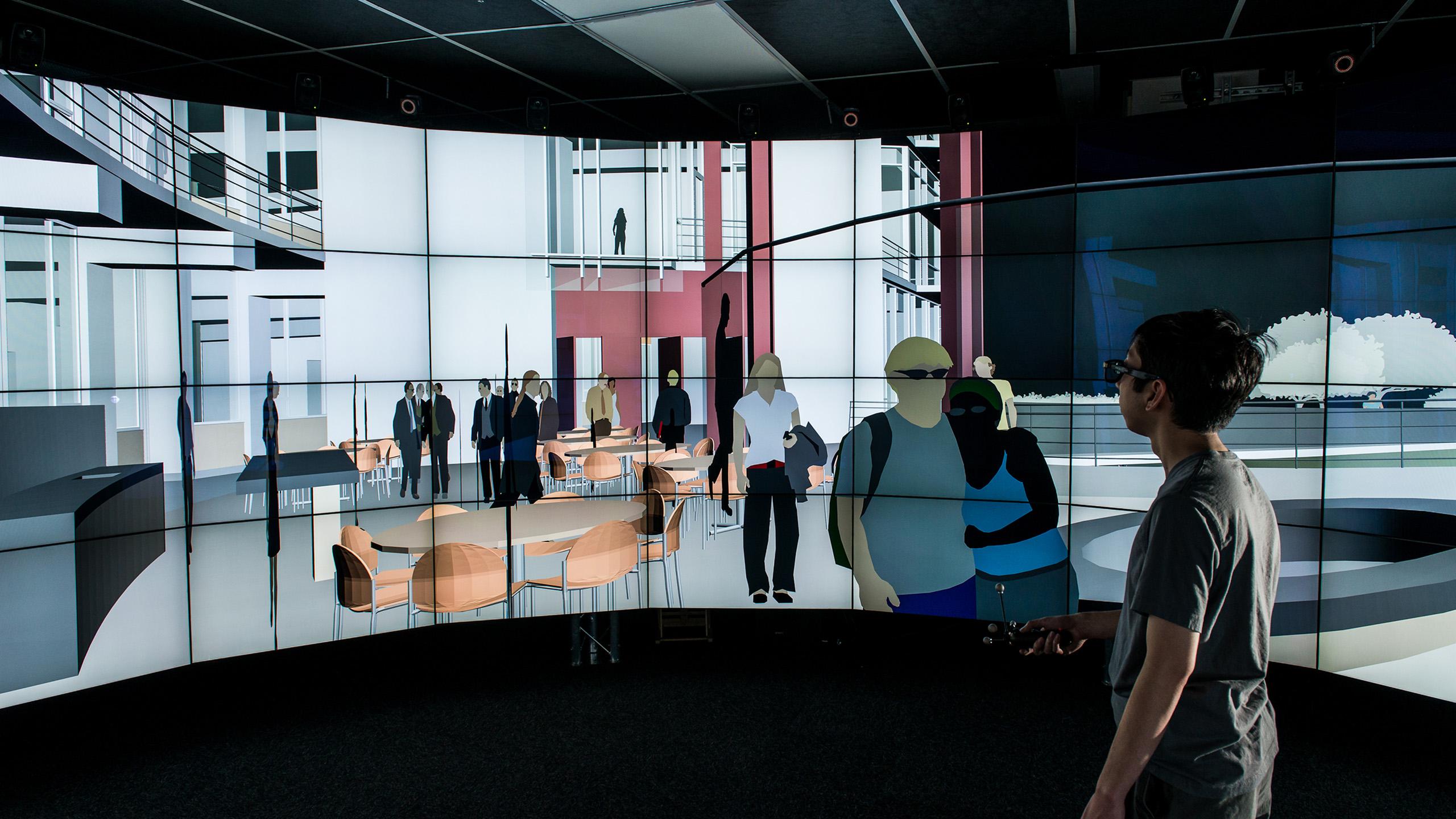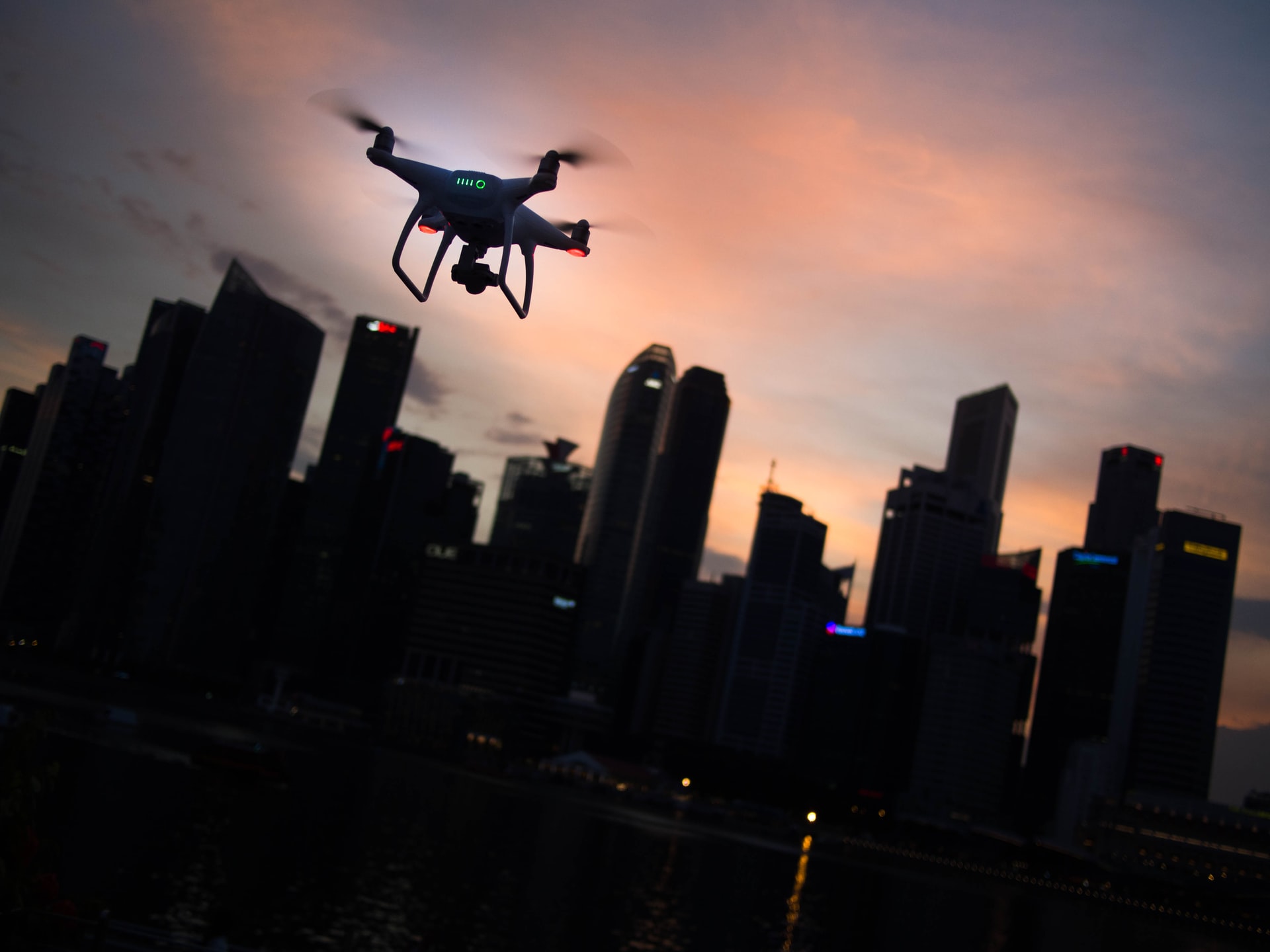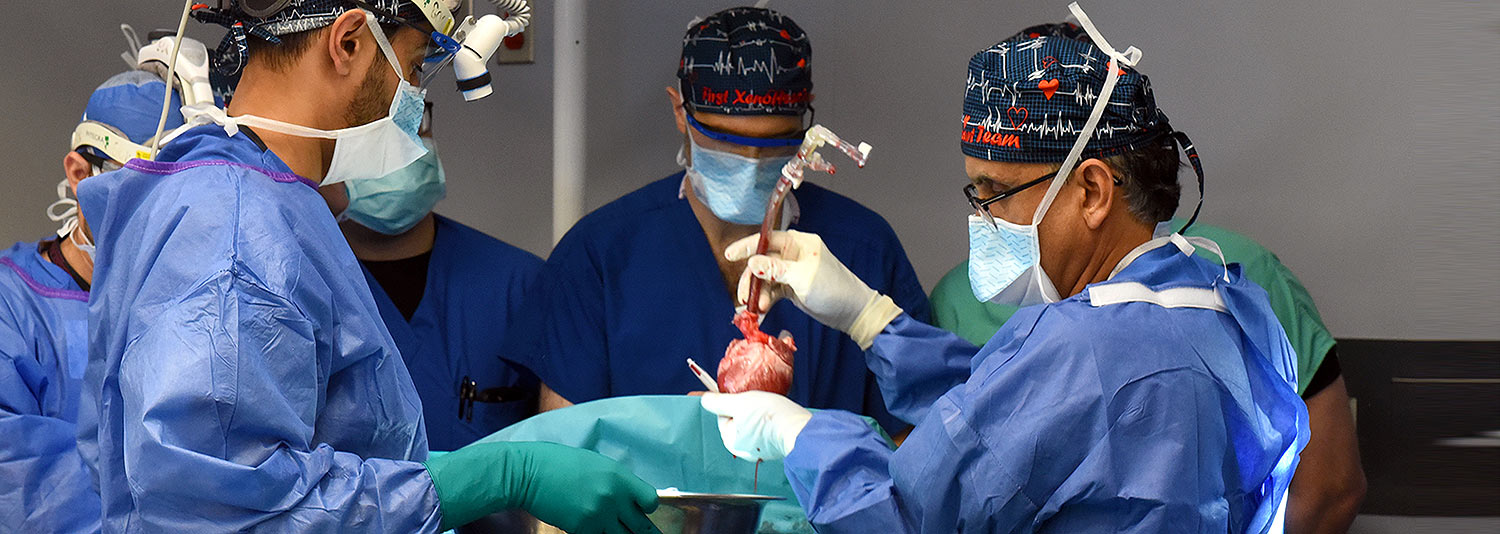It wasn’t long ago when virtual reality was the core subject of science fiction and Mission Impossible movies. The previous years have, however, witnessed the evolution of technology in terms of virtual reality where it is becoming ingrained in the fields of medicine and military and tactical training.
But virtual reality can now be used to teach engineers more about their craft as well. Southbank London University has, in fact, installed a Virtual Reality Suite, which will teach tech-savvy engineering students how to identify and evaluate complex problems and find innovative solutions. This virtual reality suite consists of a VR auditorium and a Head-Mounting Display (HDM) suite.
The main characteristic of the VR suite is its 6m×3.2m ActiveWall screen, which dispenses an immersive 3D visualization, which is projected at a ratio of 1:1 to give it an effect of reality. The secondary feature of the VR suite is the ActiveSpace HMD area. The space containing the VR equipment is large enough to include physical equipment, which can be connected to transducers or sensors to intensify the virtual experience.
The equipment is separated from the VR suite with an electrostatic wall that turns opaque if the users operate a switch that allows alternating between independent and collaborative projects and assignments. Both of the characteristic parts of the VR suite include wireless tracking and navigation that allows the user to monitor motion and movements that help in creating an interactive experience based on realism. The system also utilizes four avatars or personifications so that engineering students are able to interact collaboratively with the system in real time.
The system was designed by Virtalis. It will help the future generation of engineers as they test the functionality and stability of their designs and assist in making potential improvements that will boost their design’s efficiency and effectiveness.
The project has been launched in conjunction with the Project-Based Learning Lab, which is basically a CAD suite comprising of 23 workstations that are capable of running multiple software programs like Autodesk, Ansys, and Siemens. This lab facilitates fast, physical prototyping by employing the Stratasys 3D. The combination of the VR auditorium and the HDM suite will also help the engineers understand the mechanical, chemical, and electronic disciplines of engineering.
According to Tony Roberts, Academic Director at LSBU’s School of Technology, “We know that this technology gives engineers a much more realistic insight into how complex concepts behave in scenarios which are difficult to contemplate using other geometry visualization methods. Post grads, undergrads and even younger students from our affiliated Academy of Engineering will all benefit from these facilities. We now have a blank canvas and have numerous opportunities to develop content to enhance the student’s experience.”









